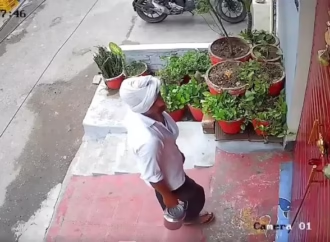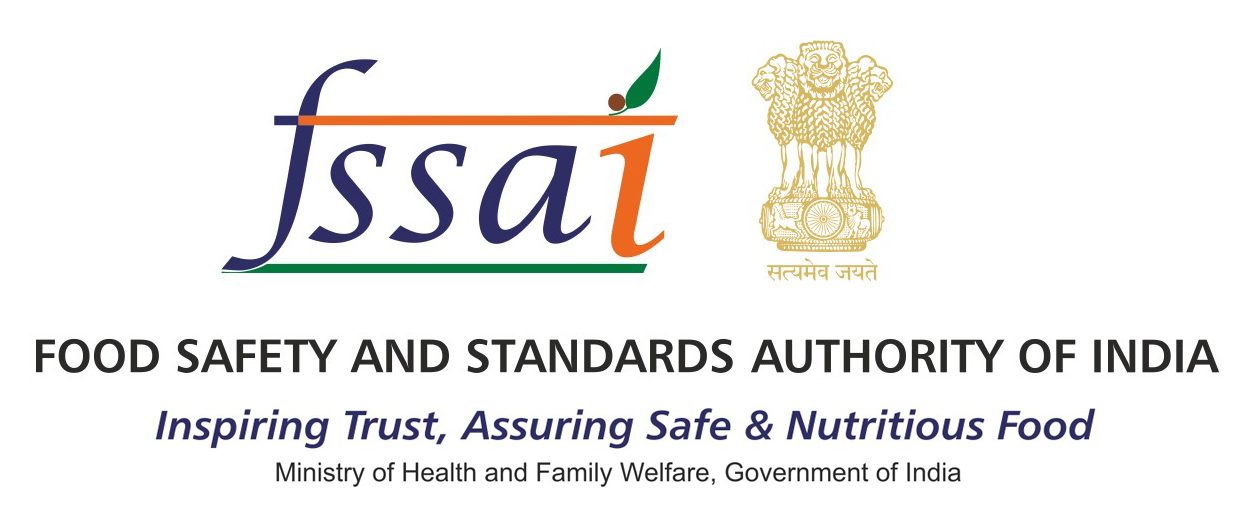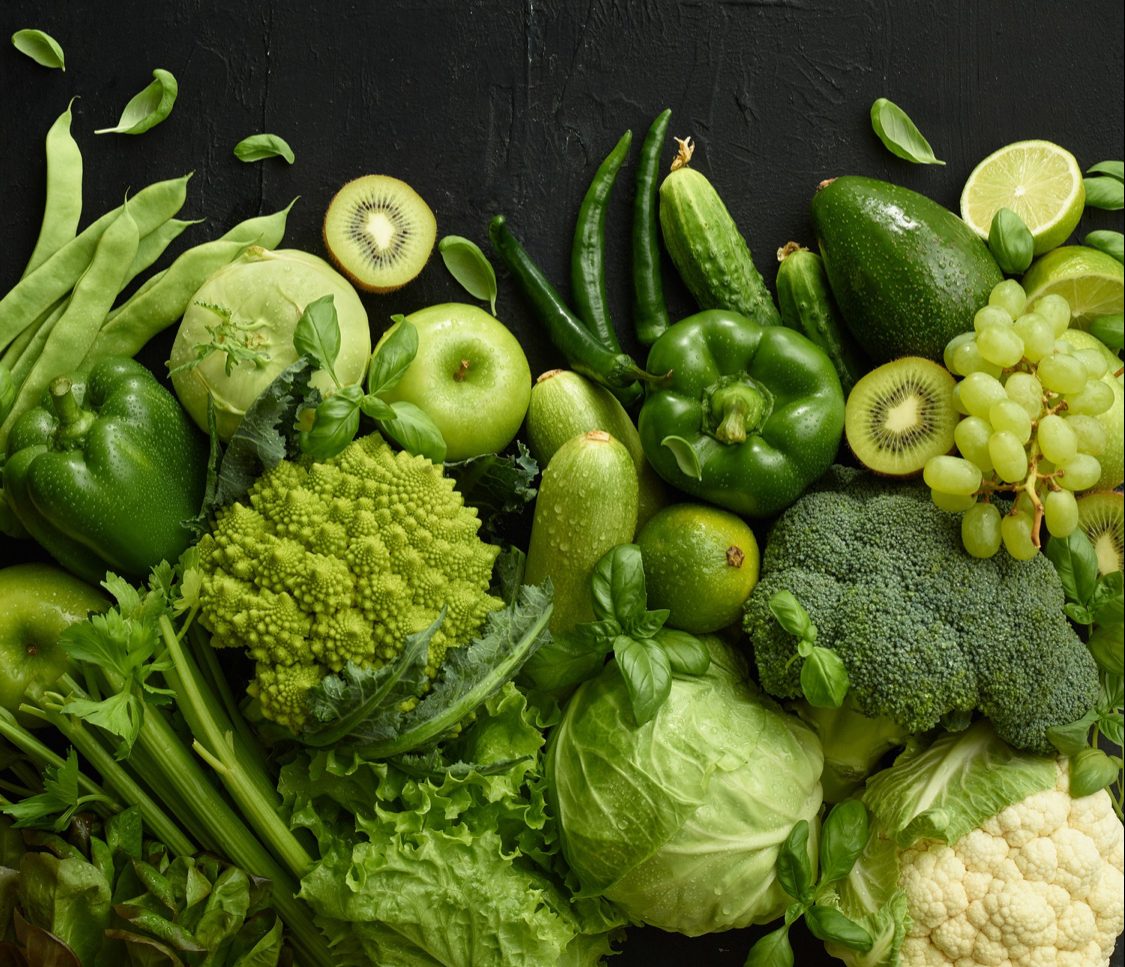Spices add depth, flavour, and aroma to dishes, making them indispensable in cooking. However, their potency and safety depend on proper storage. Improper handling and exposure to moisture can cause mould growth, spoilage, and food contamination. Consuming mouldy or spoiled spices can lead to digestive issues and other health concerns. Understanding the factors that contribute to mould formation and implementing effective storage methods can help keep spices fresh and safe for longer. This guide explores the best practices for storing spices to prevent mould and maintain their quality and food safety.
Why Mold Grows in Spices

Mold thrives in warm, humid environments with poor airflow. Many spices come from tropical regions and naturally absorb moisture. The main causes of mould growth in spices include:
- High humidity: Spices absorb moisture from the air, creating ideal conditions for mould and bacteria.
- Temperature changes: Storing spices near heat sources like stoves causes condensation inside containers.
- Improper containers: Non-airtight or porous packaging allows moisture to seep in.
- Contamination: Wet or unclean hands introduce mould spores into spice containers.
How to Store Spices Safely
Use Airtight Containers
Store spices in glass jars with tight-sealing lids, metal tins, or food-grade plastic containers. Avoid paper or cardboard packaging, which absorbs moisture and encourages mould growth. Vacuum-sealed packaging can also help extend shelf life.
Keep Spices in a Cool, Dry Place
Store spices in a dry, dark area away from direct sunlight and heat. Use pantry shelves, dedicated spice drawers, or cabinets far from stoves and sinks to prevent moisture exposure. Keeping spices in an area with controlled humidity can significantly prolong their usability.
Keep Spices Away from Heat and Steam
Avoid storing spices near stoves, dishwashers, or kettles. Heat and steam accelerate moisture buildup, leading to spoilage. Spices should also be kept away from radiators, ovens, and direct exposure to warm kitchen air.
Absorb Moisture with Desiccants
Add food-safe desiccant packets to spice containers to prevent moisture buildup. Placing a few grains of uncooked rice inside jars also helps absorb excess moisture and prevents clumping. Silica gel packets, commonly used for moisture absorption, can also be placed near spice storage areas (but not directly in spice containers).
Avoid Refrigerating Spices
Refrigeration may seem like a good way to preserve spices, but temperature changes cause condensation, increasing the risk of mould. Instead, maintain a stable room temperature for storage. However, certain fresh spices, like ginger and turmeric, benefit from refrigeration when stored properly in airtight containers.
Label and Track Spice Expiry Dates
Write purchase or expiration dates on spice jars to track freshness. Use older spices first to prevent spoilage and food waste. Rotate your spice stock regularly to ensure that you use up older batches before opening new ones.
Handle Spices with Dry Hands and Utensils
Moisture from wet hands or utensils can contaminate spices. Always use dry hands and clean, dry spoons when handling them. Avoid sprinkling spices directly from the container into steaming pots, as the rising steam can introduce moisture and lead to clumping and mould growth.
Buy Spices in Small Quantities
Purchasing spices in bulk may seem economical, but they lose potency and risk spoilage over time. Buy smaller amounts that you can use within six months to a year. If you must buy in bulk, consider dividing them into smaller airtight containers and storing the excess in a cool, dry place.
Grind Whole Spices When Needed
Whole spices last longer than pre-ground ones because they have less exposed surface area. Store whole spices in airtight containers and grind them as needed to maintain freshness and flavour. Grinding spices just before use enhances their aroma and ensures their effectiveness in cooking.
Clean and Maintain Spice Storage Areas
Regularly clean spice racks, drawers, and containers to prevent contamination. Wipe down storage shelves with a dry cloth and ensure they remain free from dust, moisture, or spilt spices. Check stored spices frequently for signs of spoilage and discard any that appear mouldy or clumped together.
How to Identify Spoiled Spices
Even with proper storage, spices do not last forever. Check for these signs of spoilage:
- Musty or mouldy smell: A stale or off-putting odour indicates contamination.
- Discolouration: Faded spices have lost potency and may be unsafe to use.
- Clumping: Moisture absorption can cause spices to form clumps, signalling mould growth.
- Weak aroma: If a spice has little to no scent, it has lost its effectiveness and should be replaced.
- Visible mould or fuzz: If you notice any mould growth, discard the spice immediately to prevent cross-contamination with other stored spices.
Additional Tips
- Store different spice varieties separately to prevent cross-contamination.
- Use a dedicated spice spoon or shaker to minimize contact with moisture.
- Avoid using damp cloths to wipe spice containers, as moisture can seep inside.
- If storing homemade spice blends, ensure all ingredients are dry before mixing.
- Consider vacuum-sealing or nitrogen-flushing spices for extended freshness.
Conclusion
Proper spice storage ensures food safety and enhances flavour in cooking. Storing spices in airtight containers, away from moisture, heat, and contamination. Label and track their freshness, buy in small quantities and use whole spices when possible. Regularly clean storage areas and monitor for signs of spoilage. By following these best practices, you can prevent mould growth, preserve the integrity of your spices, and ensure they remain safe for use in your culinary creations.
 Food Manifest
Food Manifest 















